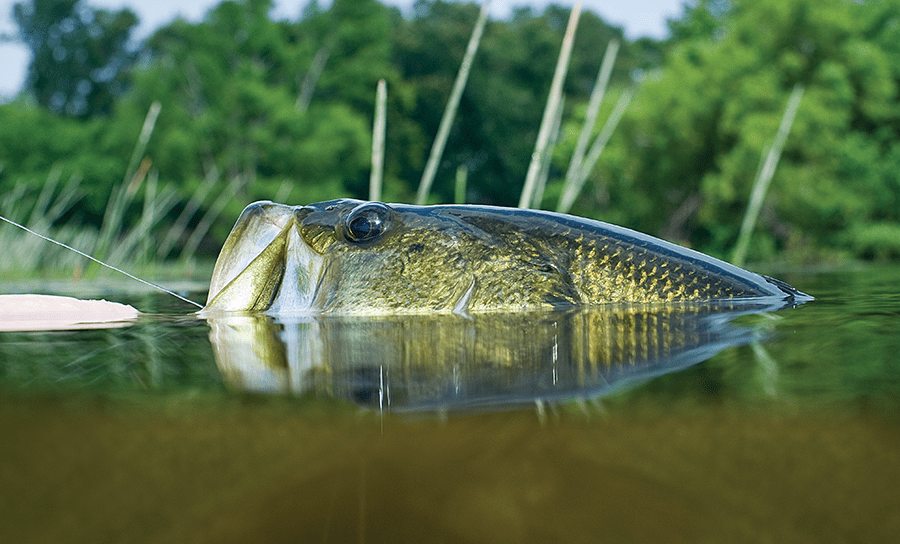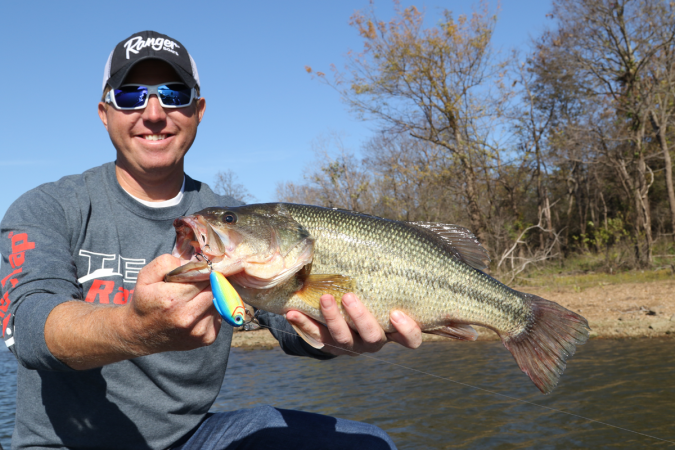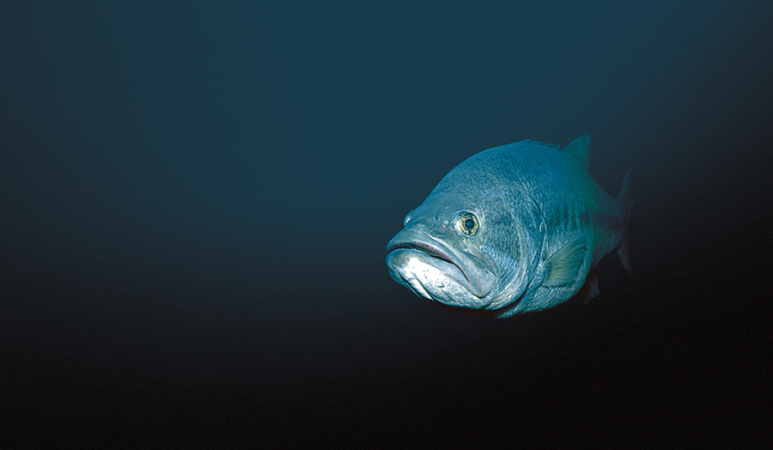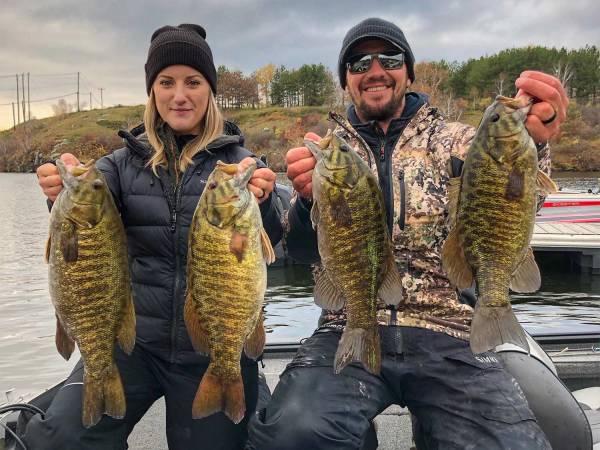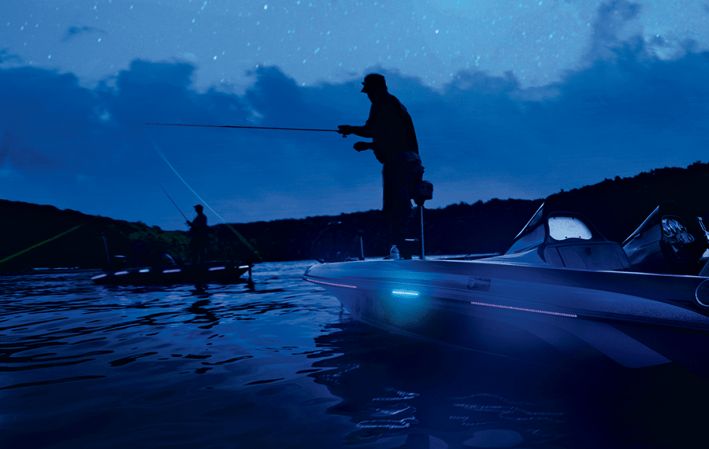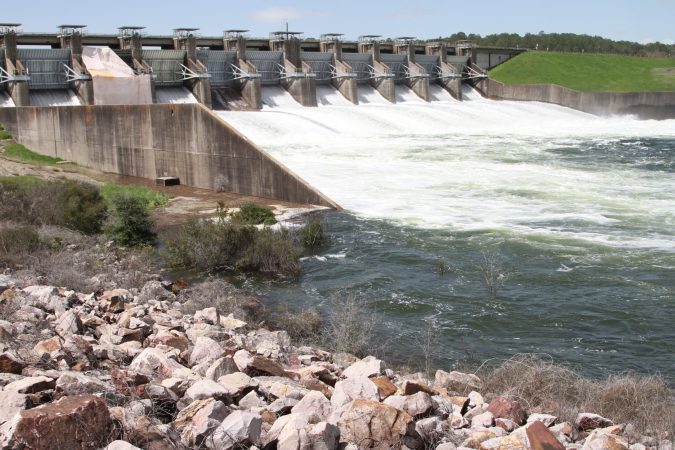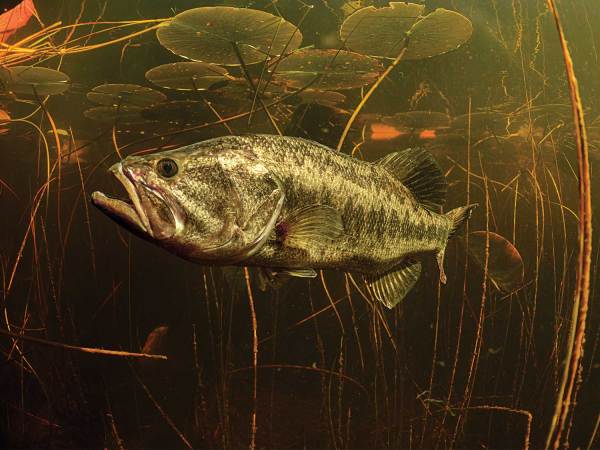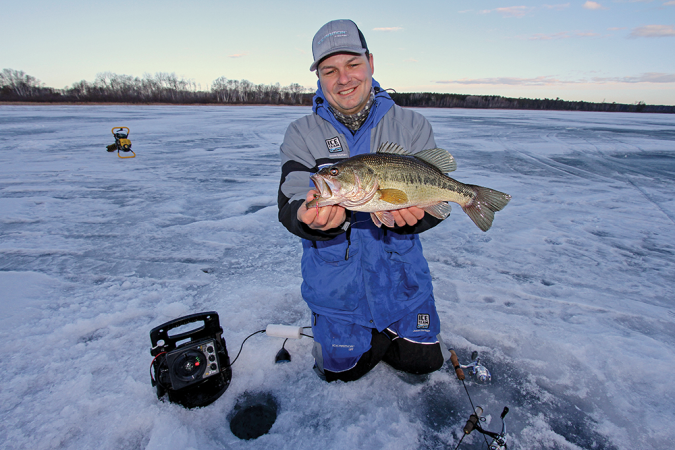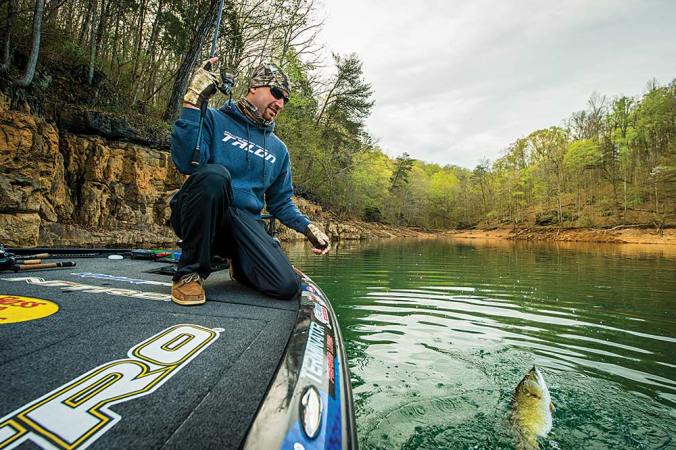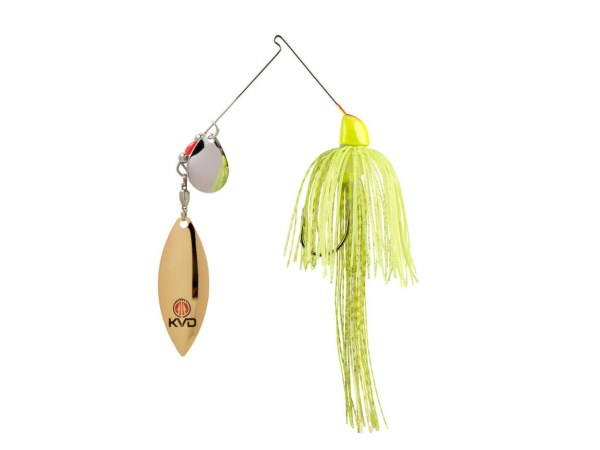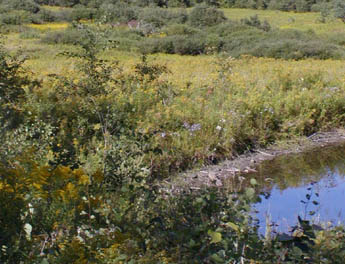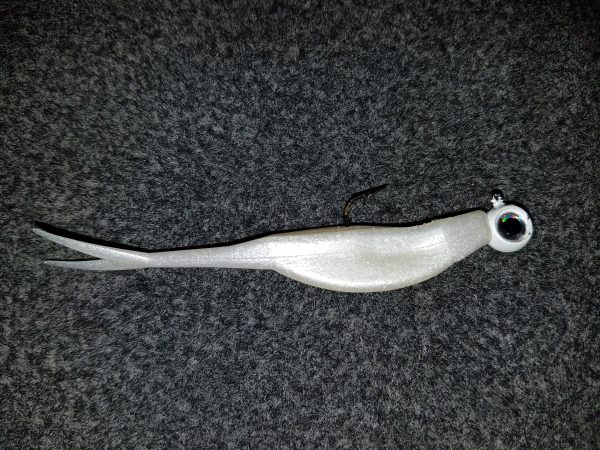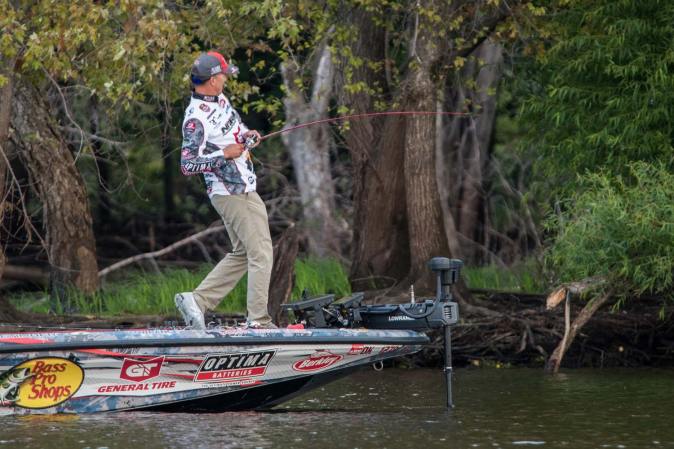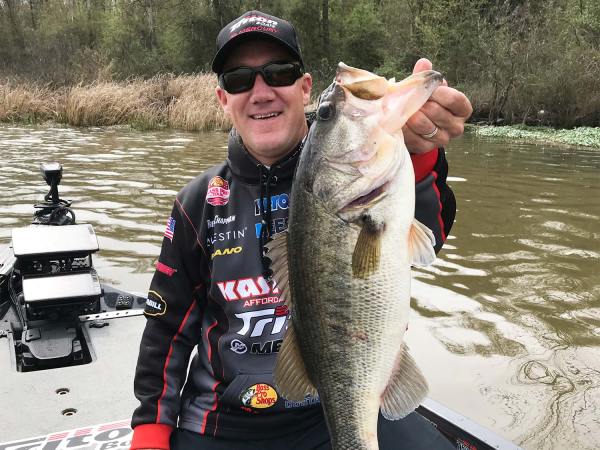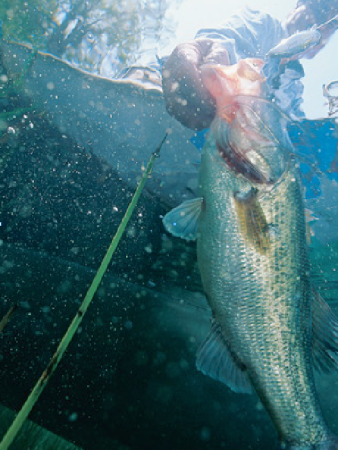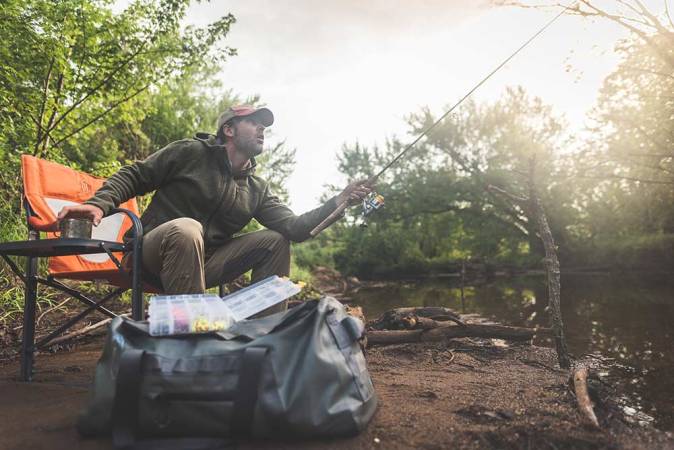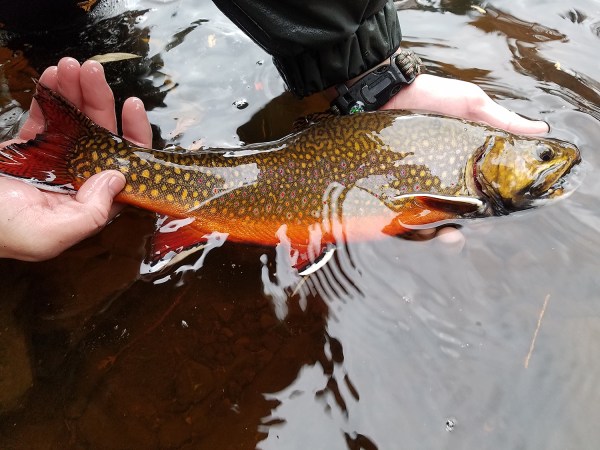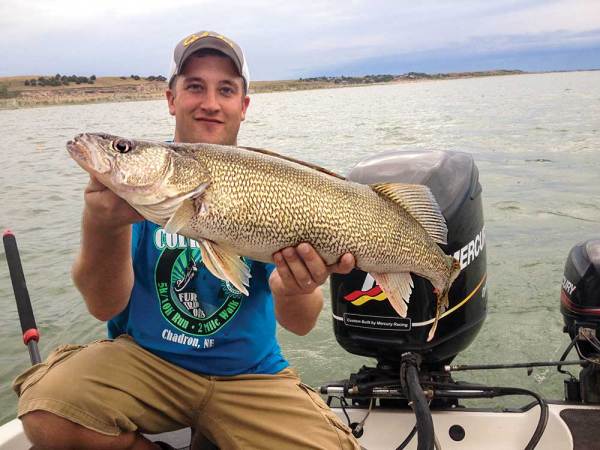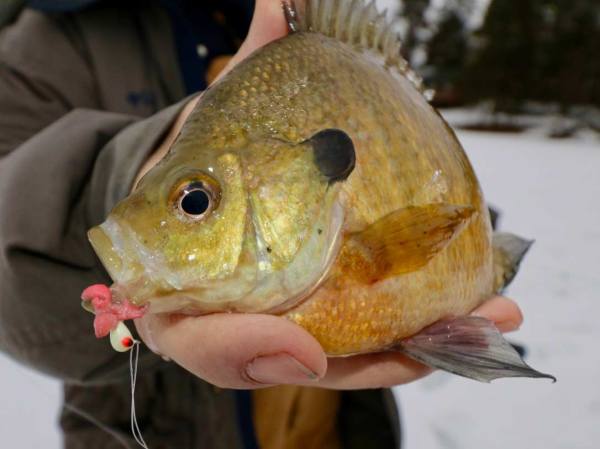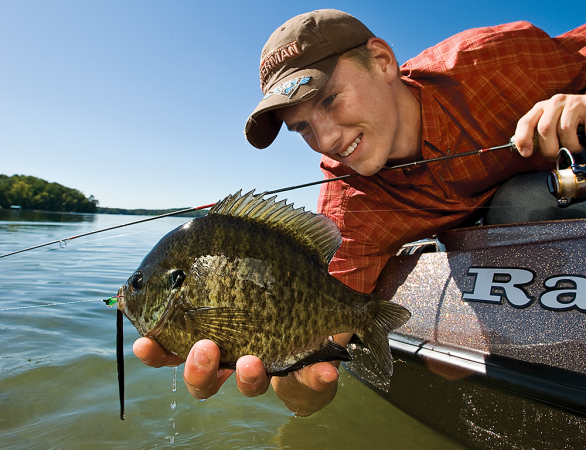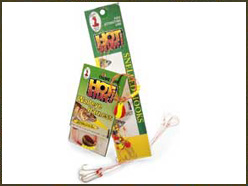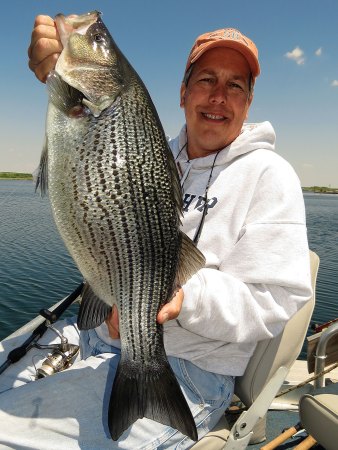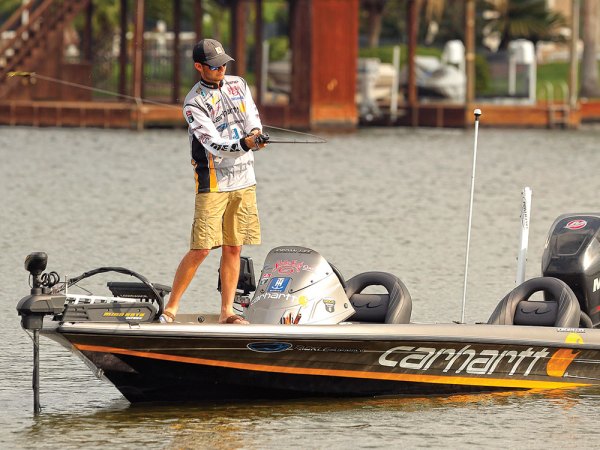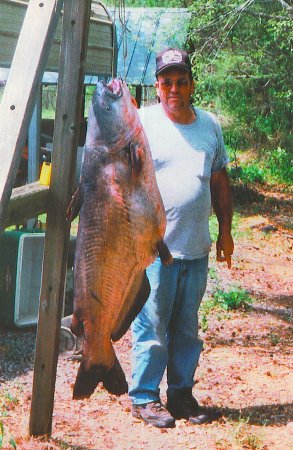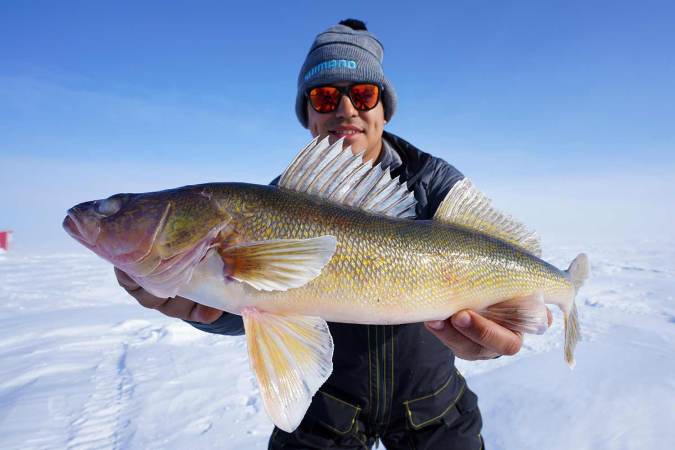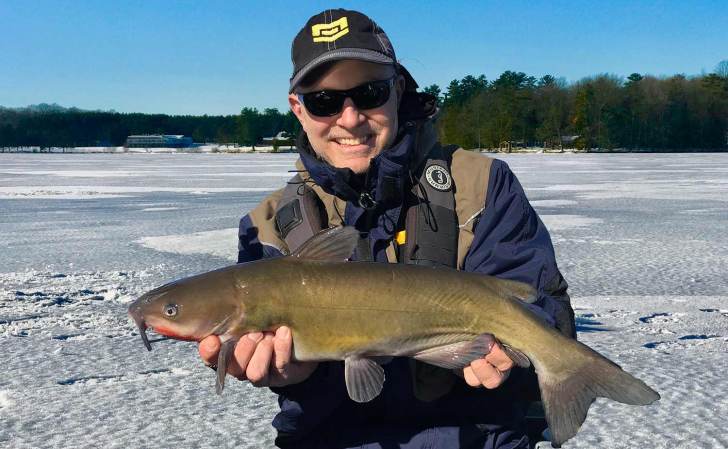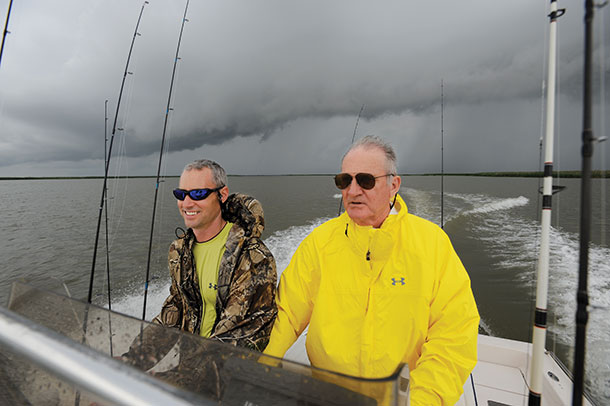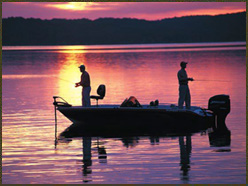Habitat management is about to take the world of bass fishery management by storm.
Fishermen have a love-hate relationship with weeds. There are bass in that grass, which is a good thing, but we keep hanging up lures in it, which is not. Regardless, rooted aquatic plants—macrophytes―are critically important to the health of every lake. So much so that fisheries biologists, whom many folks think of as being solely stockers of fish, are increasingly becoming stockers of weeds.
Aquatic plants concentrate bass in shallow water, where anglers are most efficient at catching them. Unfortunately, many reservoirs are slow to develop aquatic greenery. The exception is when invasive exotics like hydrilla and Eurasian water milfoil take hold; these choke off critical oxygen supplies to fish.
In addition to attracting big bass, native macrophytes provide many benefits to a fishery, according to Dr. Gary Dick, who heads up the U.S. Army Corps of Engineers Lewisville Aquatic Ecosystem Research Facility in Texas.
“For starters, aquatic plants improve water clarity and quality,” he says. “They also reduce shoreline erosion, stabilize the bottom to reduce sediment resuspension, and even help prevent colonization of nuisance exotic plants. They provide essential refuge for young fish, and they enhance the entire food web that ends in fish-eating bass.”
Establishing aquatic plants in reservoirs isn’t easy, according to Texas Parks and Wildlife fisheries biologist Mark Webb, lead author of a manual on how to establish macrophytes.
“First, you have to overcome the reasons native macrophytes don’t grow in reservoirs to start with: water-level fluctuations, hard clay or rocky bottoms, often turbid conditions, lack of a source of native plants, and sometimes the presence of exotic plants,” he says. “Then you have to deal with herbivores. Even turtles eat aquatic plants. Herbivores are not a problem when vegetation is well established, but when your carefully planted stock is the only veggie available, herbivores can wipe you out.”
Need for Weed
Research is ongoing, but success stories are on the books. For example, beginning in 2006 on Lake Conroe, Texas Parks and Wildlife Department partnered with other agencies and organized anglers to reestablish native aquatic macrophytes in the 20,000-acre reservoir. A 16-inch bass length limit was put in place to improve bass size, and this April, David Campbell Perciful caught a 13.14-pound largemouth on an 8-inch Texas-rigged lizard—in 6 feet of water. Perciful’s fish is the 17th Lake Conroe entry in the Lone Star State’s ShareLunker program. Conroe ranks fourth overall.
Today, more than 1,000 acres of native macrophytes have been established there and fish populations are rebounding. The Seven Coves Bass Club and San Jacinto River Authority have developed an aquatic plant nursery to aid further establishment of native plants. Turning more hatcheries into macrophyte nurseries may one day become even more critical for establishing beneficial aquatic plants species. Here’s a look at five varieties that are currently being tested—and how to fish them.
Taking Root
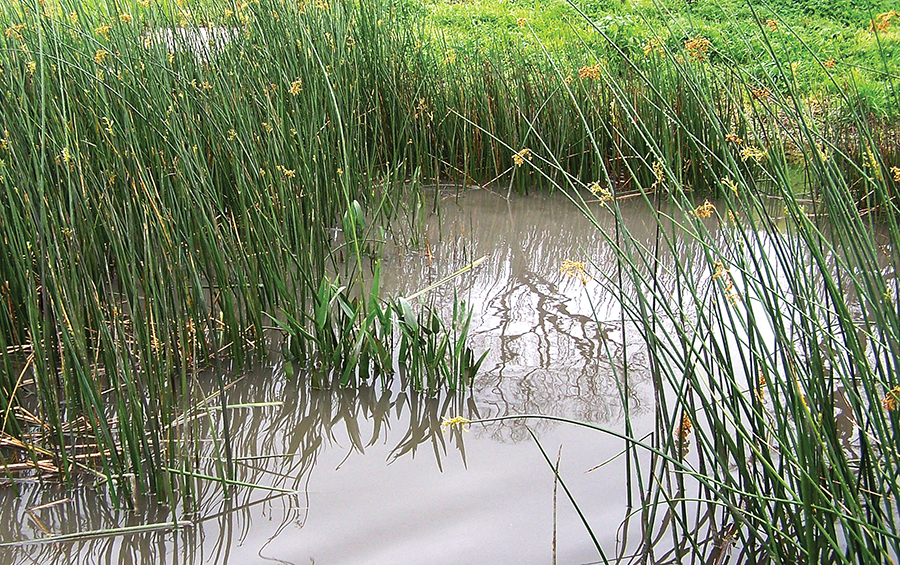
1. Bulrushes usually grow in 1 to 4 feet of water and can be successfully established along shorelines. These “buggy whips” provide good bass-spawning habitat and refuge for fry.
How to Fish: Cast a spinnerbait or swim jig, or pitch a jig or soft-plastic before, during, and after the spawn.
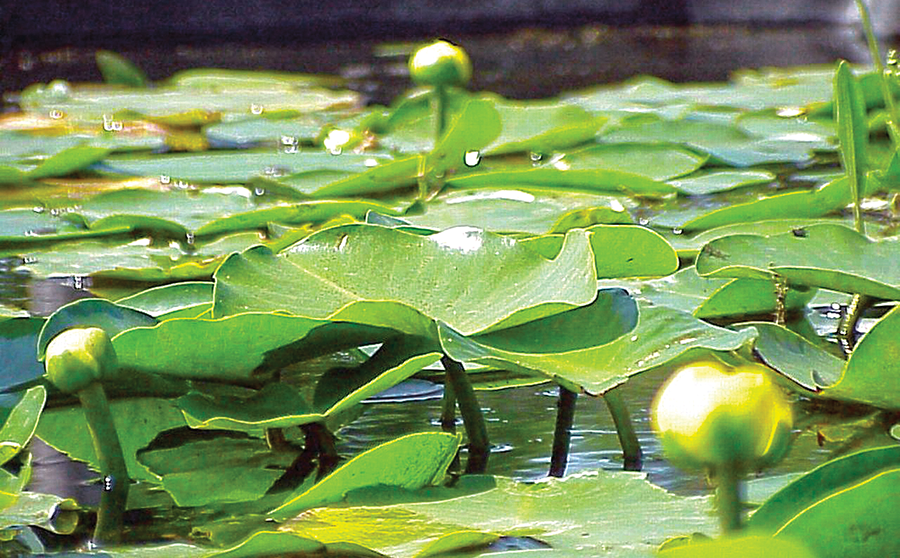
2. Spatterdock is a stout-stem, emergent-leaf plant that holds bass year-round. It is usually established in 2 to 4 feet of water but will expand into water 6 to 8 feet deep.
How to Fish: Try a wacky-rigged stick worm.
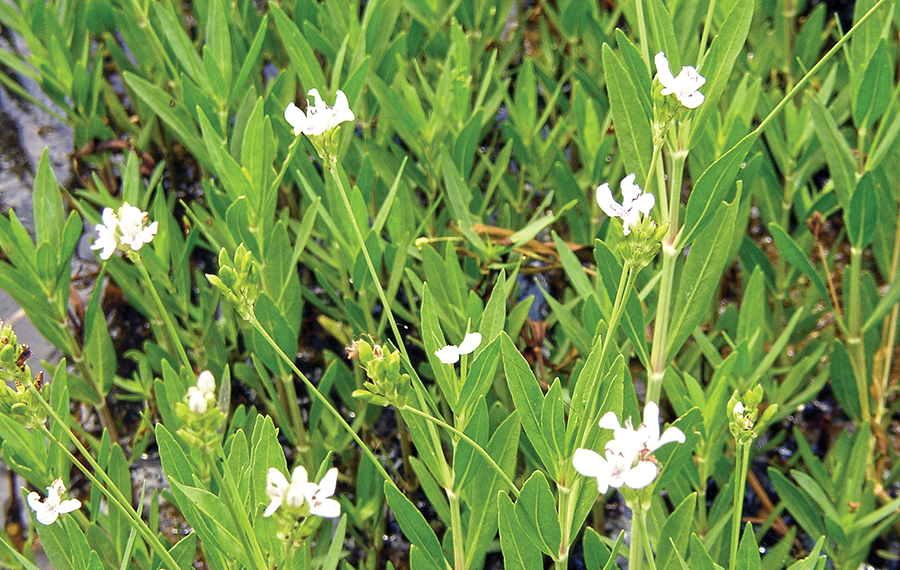
3. Water willow grows along the shoreline in water up to 5 feet deep. Water willow and maidencane were two of the primary species reestablished in Lake Conroe, Texas.
How to Fish: Cast a swim jig or pitch a jig at any time of year.
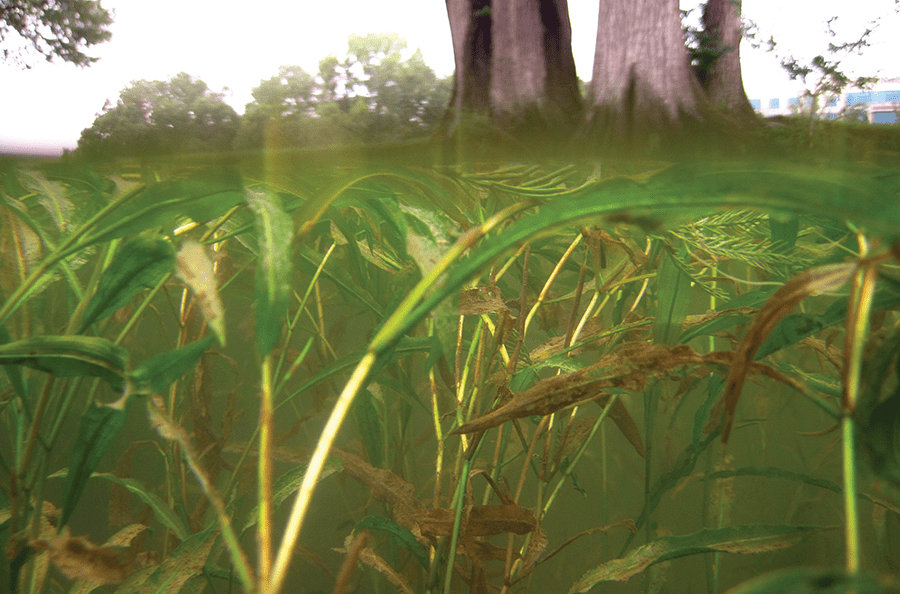
4. Illinois pondweed has both lance-shaped underwater leaves and oval floating leaves. This plant usually grows along the shore in 2 to 4 feet of water but can grow in depths of up to 10 feet.
How to Fish: Swim a jig or a Texas-rigged creature. Better yet, entice bass with a topwater frog or popper.
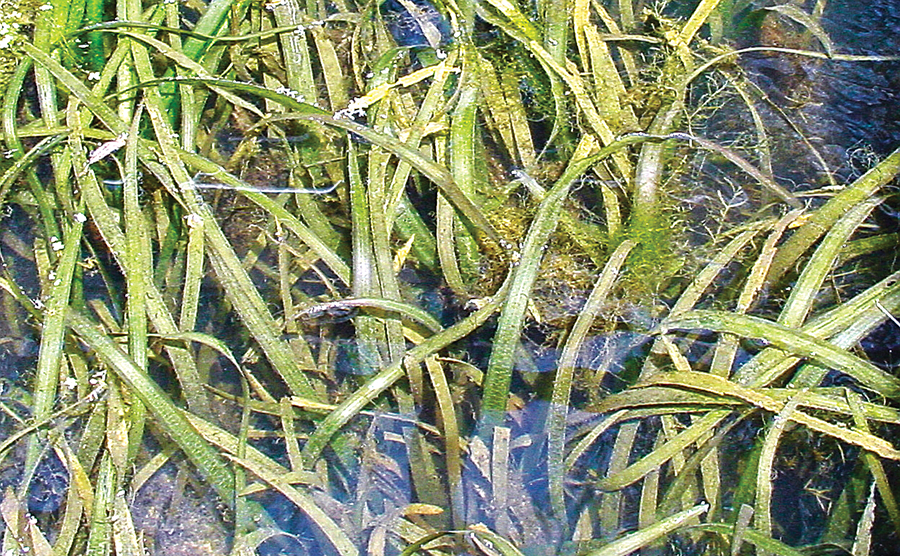
5. Wild celery, aka eelgrass or tapegrass, has flat, grass-like leaves that grow in standing and flowing water. Although best established in shallow water, wild celery will grow in water that is as deep as 8 to 10 feet.
How to Fish: Tick the tops with a lipless or square-bill crankbait.
